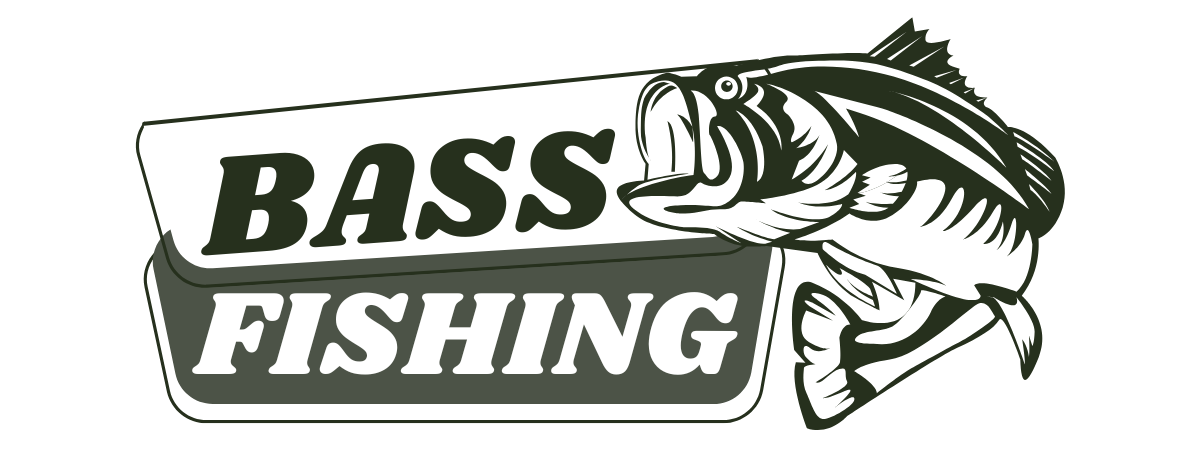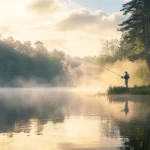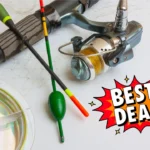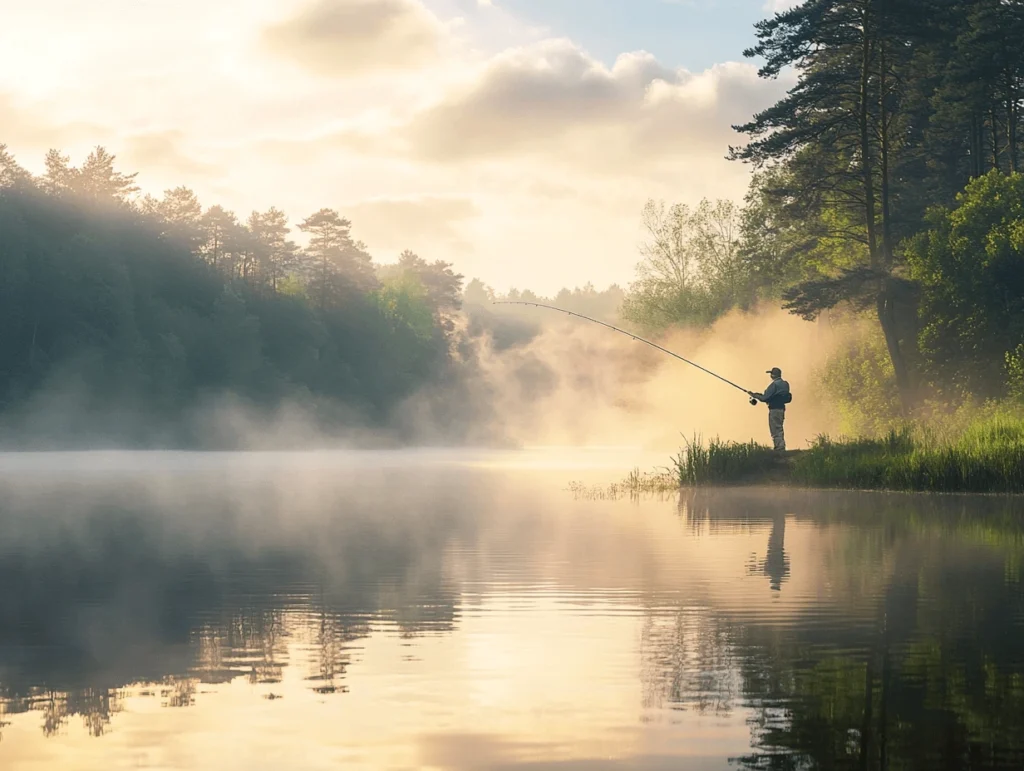
Crankbait fishing is one of the most effective techniques for catching bass, and mastering it can significantly improve your success on the water. Whether a beginner or an experienced angler, understanding how to fish with crankbait can make a huge difference in your bass fishing game. In this guide, we’ll dive deep into the art of crankbait fishing, covering everything from selecting the right lure to advanced retrieval techniques. By the end of this post, you’ll have all the knowledge you need to become a crankbait fishing pro. Let’s get started!
Table of Contents
What is Crankbait and Why is it Effective for Bass Fishing?
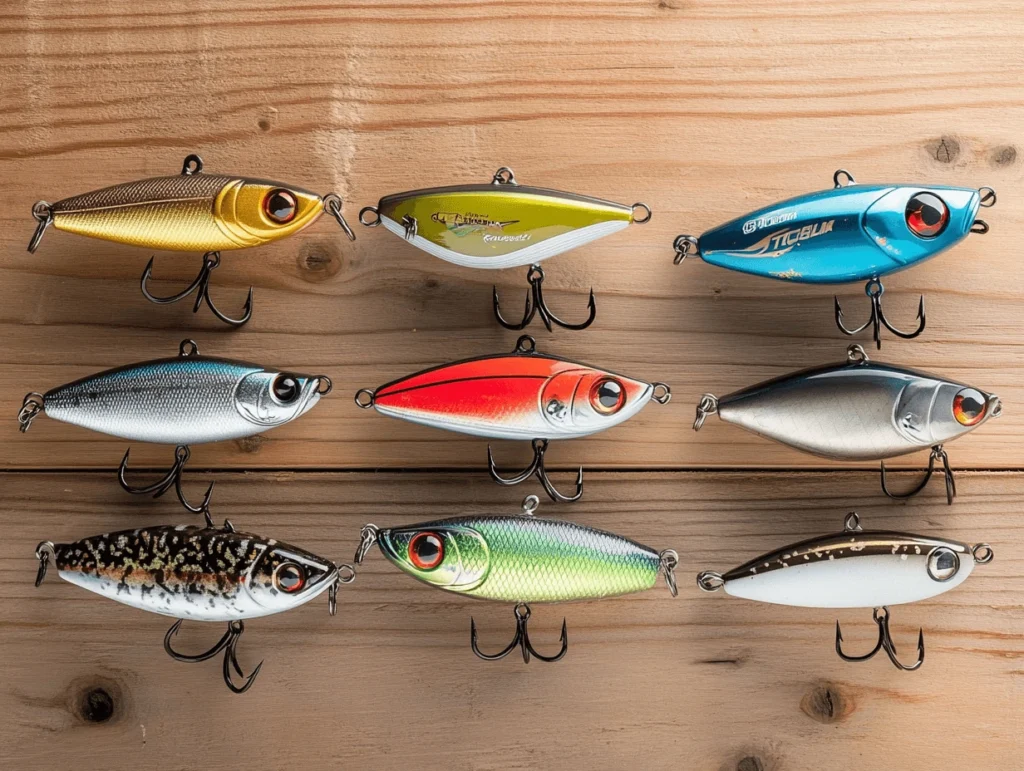
Crankbaits are hard-bodied lures designed to mimic the movement of baitfish, making them irresistible to bass. They come in various shapes, sizes, and diving depths, allowing anglers to target bass in different water conditions. But what makes crankbaits so effective?
1. The Science Behind Crankbait Effectiveness
Bass are predatory fish that rely heavily on their vision and lateral lines to detect prey. Crankbaits create vibrations and flashy movements that trigger the bass’s predatory instincts, making them strike aggressively. The wobbling action of a crankbait mimics the erratic movements of injured or fleeing baitfish, which bass find hard to resist.
2. Versatility in Different Water Conditions
Depending on the design, crankbaits can be used in shallow or deep water. Shallow-diving crankbaits are perfect for targeting bass in water less than 5 feet deep, while deep-diving models can reach depths of 25 feet or more. This versatility makes them a lure for bass fishing in lakes, rivers, and reservoirs.
3. Seasonal Success with Crankbaits
Crankbaits are particularly effective during the pre-spawn, post-spawn, and fall seasons when bass are actively feeding. During the pre-spawn period, bass moves into shallow waters to feed, making crankbaits an excellent choice for covering large areas quickly. In the fall, bass feeds aggressively to prepare for winter, and crankbaits can help you locate schools of fish.
Choosing the Right Crankbait for Bass Fishing
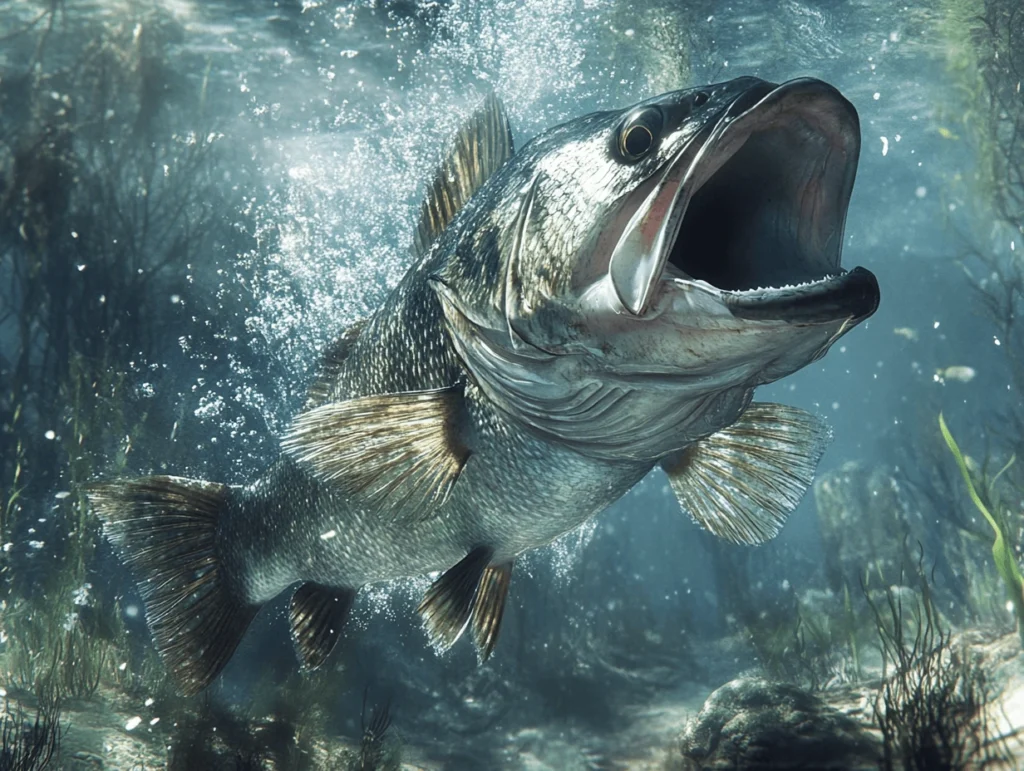
Selecting the right crankbait is crucial for success. With so many options available, it’s important to understand which type works best for your fishing conditions.
1. Diving Depth Matters
Crankbaits are categorized by their diving depth, ranging from shallow divers (2-5 feet) to deep divers (10-25 feet). Choose a crankbait that matches the depth where the bass is holding. For example, if you’re fishing in a shallow pond, a shallow-diving crankbait is ideal. On the other hand, if you’re targeting bass in a deep reservoir, opt for a deep-diving model.
2. Size and Color Selection
Match the size and color of your crankbait to the local forage. Natural colors like shad, bluegill, and crawfish patterns work well in clear water, while bright colors like chartreuse and firefighter are better for murky conditions. The size of the crankbait should also match the size of the baitfish in the area. In general, larger crankbaits attract bigger bass, but smaller lures can be more effective in heavily pressured waters.
3. Bill Shape and Action
The shape of the crankbait’s bill determines its action and diving ability. Square bills are great for deflecting off cover, such as rocks and stumps, while rounded bills provide a smoother, wider wobble. The action of the crankbait is also influenced by its body shape and weight distribution. Some crankbaits have a tight, fast wobble, while others have a slower, wider wobble. Experiment with different styles to see what the bass in your area prefer.
Essential Gear for Crankbait Fishing
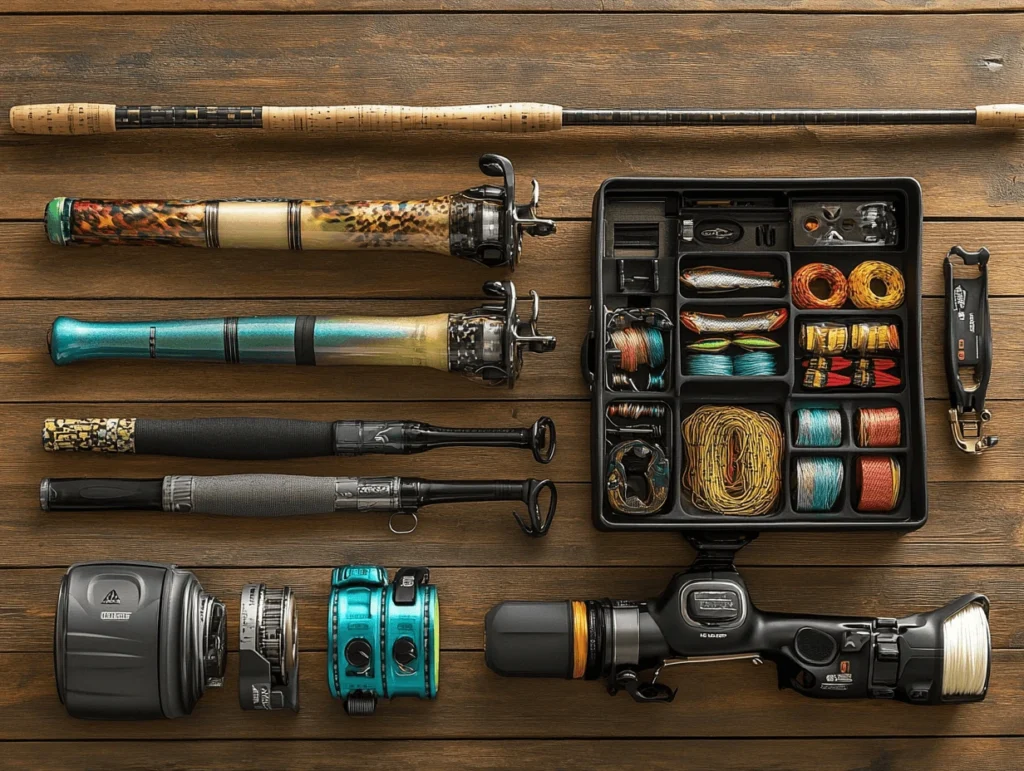
Having the right gear is just as important as choosing the right crankbait. Here’s what you’ll need to maximize your success.
1. Rod and Reel Setup
A medium-heavy rod with moderate action is ideal for crankbait fishing. The moderate action allows the rod to flex, which helps keep the fish hooked during the fight. Pair it with a low-gear-ratio reel (5.3:1 or 6.4:1) to ensure a steady retrieve. A slower reel also reduces fatigue during long days on the water.
2. Line Selection
Monofilament or fluorocarbon lines are preferred for crankbait fishing. Monofilament offers stretch and buoyancy, which helps keep the crankbait at the desired depth and reduces the risk of the fish throwing the hook. Fluorocarbon provides sensitivity and invisibility underwater, making it a great choice for clear water conditions. A braided line is not recommended for crankbait fishing because it lacks stretch and can cause the fish to feel resistance, leading to fewer strikes.
3. Tackle Box Essentials
Always carry a variety of crankbaits, pliers, and a landing net. Having a selection of lures ensures you’re prepared for changing conditions. Other essentials include a pair of polarized sunglasses to reduce glare and help you spot fish, as well as a good-quality tackle bag to keep your gear organized.
how to Fish with Crankbait
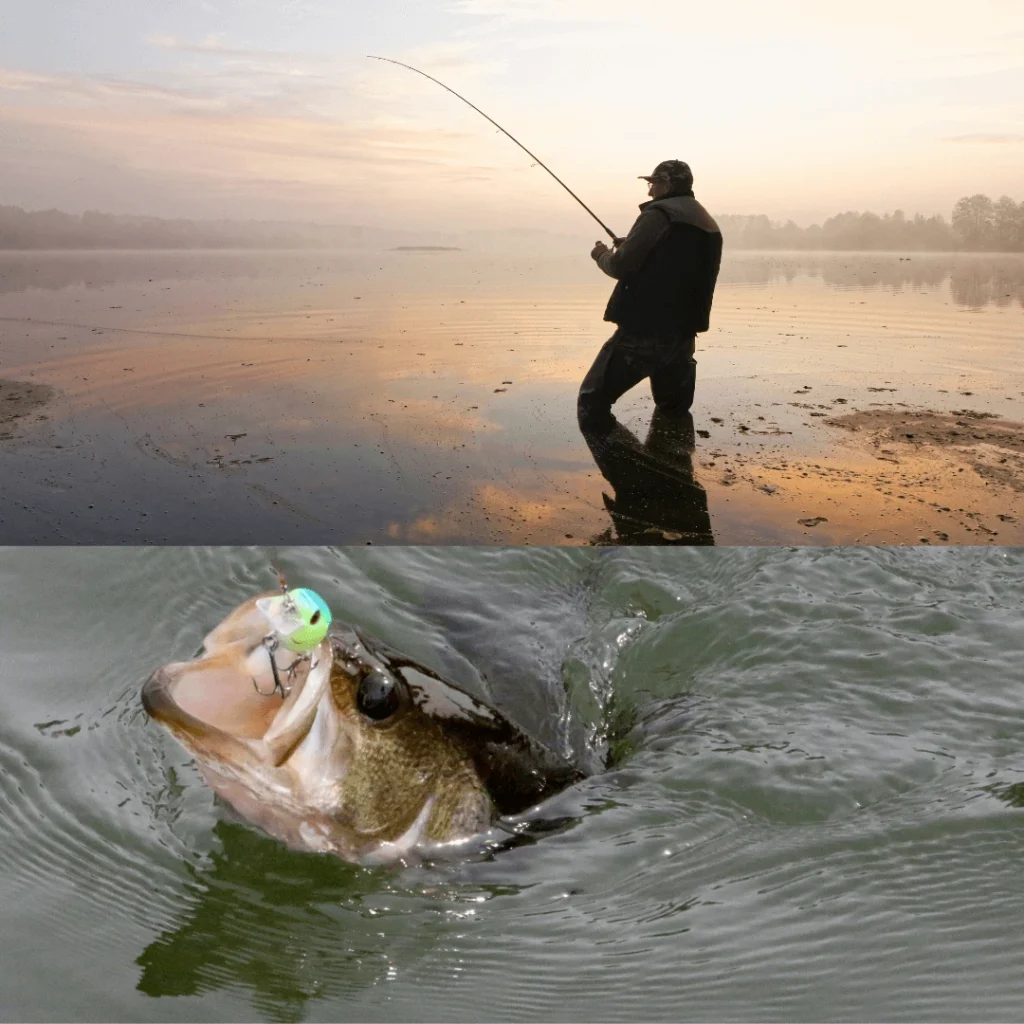
Mastering the right techniques can make all the difference when fishing with crankbait. Here are some proven methods to help you land more bass.
1. The Steady Retrieve
A steady retrieve is the most basic technique. Cast your crankbait out and reel it in at a consistent speed, allowing the lure to dive and wobble naturally. This technique works well in open water or when targeting suspended bass.
2. The Stop-and-Go Technique
This technique involves reeling in the crankbait for a few seconds, then pausing briefly before resuming. The sudden stop mimics an injured baitfish, triggering strikes. This method is particularly effective when fishing around cover or in areas with a lot of vegetation.
3. Deflecting Off Cover
Crankbaits excel at deflecting off rocks, stumps, and other underwater structures. Cast your lure near cover and let it bounce off, creating a reaction strike from nearby bass. This technique requires precision casting and a good understanding of the underwater terrain.
4. The Yo-Yo Technique
The yo-yo technique involves reeling the crankbait up and then letting it fall back down. This mimics the movement of a dying baitfish and can be very effective in deep water or when targeting inactive bass.
Advanced Tips for Crankbait Fishing Success
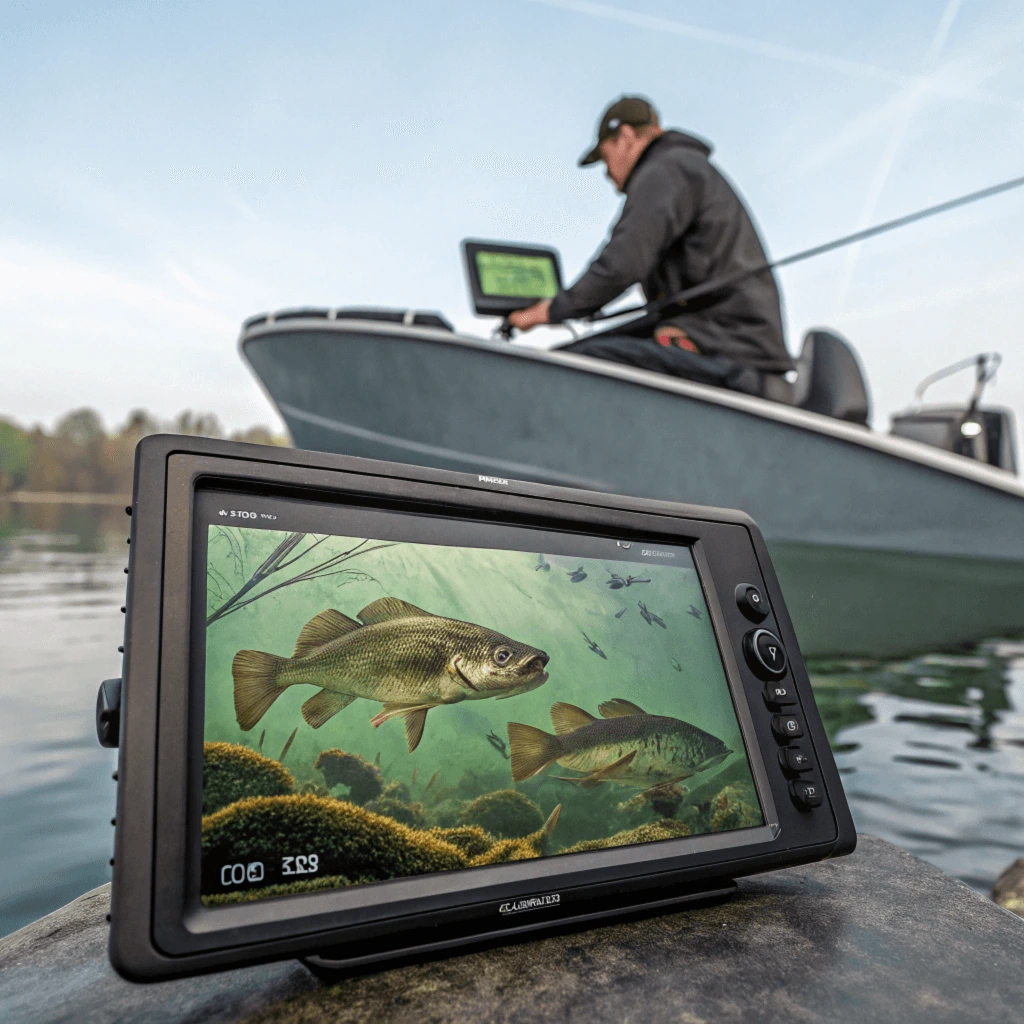
Once you’ve mastered the basics, these advanced tips will take your crankbait fishing to the next level.
1. Pay Attention to Water Temperature
Bass are more active in warmer water, so focus on areas where the temperature is slightly higher, such as shallow flats or sunny banks. During the summer months, bass may move to deeper, cooler water, so adjust your crankbait selection accordingly.
2. Use Electronics to Locate Fish
Fish finders and sonar devices can help you locate schools of bass and identify underwater structures where they might be hiding. Look for drop-offs, ledges, and submerged vegetation, as these are prime locations for bass.
3. Experiment with Retrieval Speeds
Varying your retrieval speed can help you determine what the bass are responding to on any given day. Sometimes a slow, methodical retrieve works best, while other times a fast, aggressive approach is more effective. Pay attention to the behavior of the fish and adjust your technique accordingly.
4. Fish During Low-Light Conditions
Bass are more active during low-light conditions, such as early morning, late evening, or overcast days. These are the best times to fish with crankbaits, as the reduced light makes bass less cautious and more likely to strike.
Common Mistakes to Avoid When Fishing with Crankbait
Even experienced anglers can make mistakes when using crankbaits. Here are some common pitfalls to watch out for.
1. Using the Wrong Crankbait for the Conditions
Always match your crankbait to the water depth, clarity, and forage. Using the wrong lure can result in fewer bites. For example, a deep-diving crankbait is not effective in shallow water, and a bright-colored lure may spook fish in clear water.
2. Retrieving Too Fast or Too Slow
Finding the right retrieval speed is key. Experiment with different speeds until you find what works best. If you’re not getting bites, try slowing down or speeding up your retrieve.
3. Ignoring Structure and Cover
Bass love to hide around structure and cover. Make sure to target these areas with your crankbait for the best results. Don’t be afraid to cast close to rocks, stumps, or vegetation, as these are prime locations for bass.
4. Not Adjusting for Weather Conditions
Weather conditions can have a significant impact on bass behavior. On windy days, bass may be more active and willing to chase a fast-moving crankbait. On calm days, a slower, more subtle approach may be necessary.
Conclusion: Mastering Crankbait Fishing for Bass
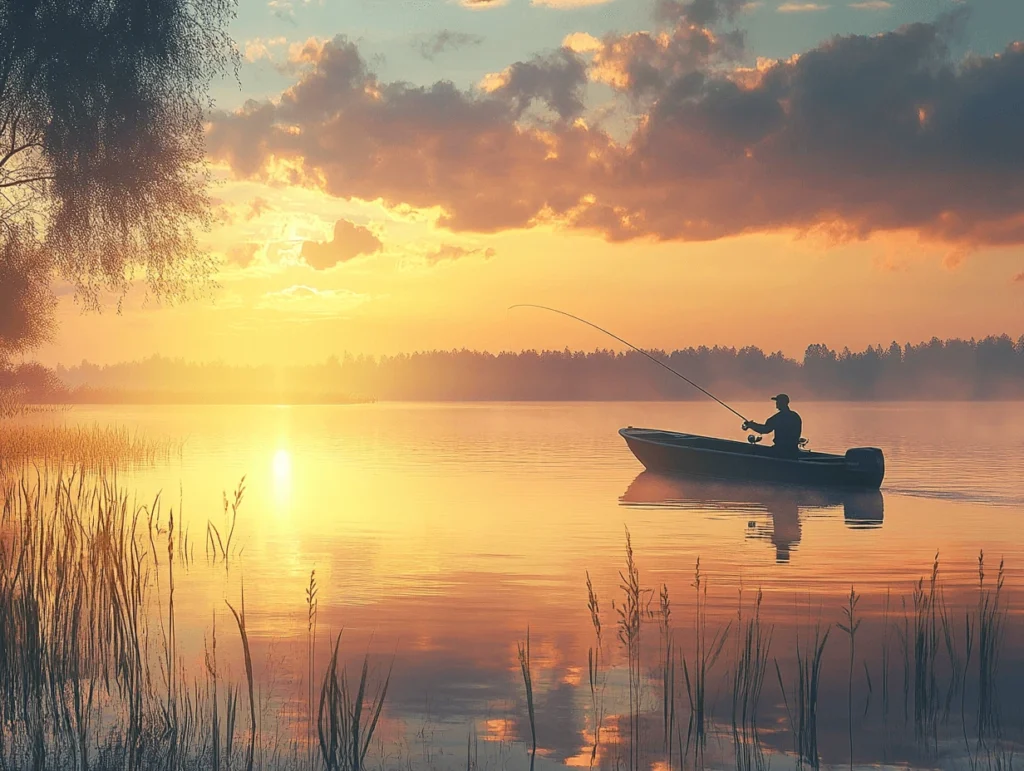
Learning how to fish with crankbait is a game-changer for any bass angler. By selecting the right lure, using the proper gear, and mastering essential techniques, you’ll be well on your way to landing more bass. Remember to experiment with different colors, sizes, and retrieval methods to find what works best in your local waters. With practice and patience, you’ll become a crankbait fishing pro in no time.
Now that you’re equipped with these tips and tricks, it’s time to hit the water and put your new skills to the test. Whether you’re fishing in a small pond or a large reservoir, crankbaits are a versatile and effective tool for catching bass. So grab your gear, head out to your favorite fishing spot, and start reeling in those big bass!
Happy fishing!
